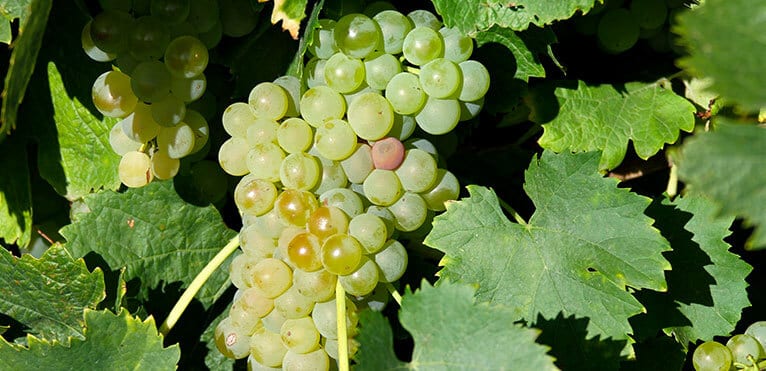
Contents
Now the flagship grape variety of the Côtes de Gascogne region in south-western France, Colombard has not always been a popular choice.
A grape variety victim of fashion trends
This is one of the oldest grape varieties in the Charentes, the result of a cross between Chenin and Gouais. Initially, it was used for distillation, to produce Armagnac, or at the must stage, to produce Pineau des Charentes. It is also found in other regions, such as Bordeaux, Languedoc and Provence, but in a minority.
In France, it was massively grubbed up in the 1970s, in favor of more fashionable varieties. In particular, Ugni Blanc was considered more suitable for distillation. On the other hand, while he may have been overlooked in France, he found a home in the New World.
A productive grape variety that favors acidity and freshness, with a low alcohol content, it has everything to please warm-climate regions like California. There, it produces fresh, successful white wines. In the 1990s, Chardonnay replaced it, but the work of talented winemakers has given the grape a new lease of life, and it has reclaimed its native land in southwestern France.
It is also popular in South Africa, under the name Colombar, where it is the most widely planted grape variety after Chenin Blanc. It is found around Cape Town, and a little further north in the Northern Cape province.
Côtes de Gascogne PGI
In France, you can’t talk about Colombard without mentioning this appellation, where it represents almost 50% of the grape varieties. The appellation area produces red, rosé and white wines, with over 40 authorized grape varieties. For whites (90% of volumes), Colombard – the majority grape variety – is often blended with Sauvignon Blanc, Ugni Blanc or Gros Manseng.
The region’s high rainfall (to the west) and water-holding soils (to the east) ensure that the vines are well supplied with water, enabling the grapes to reach optimum ripeness. The dry white wines produced are lively, fruity and light, with notes of citrus and exotic fruit.
The characteristics of Colombard
Its berries are medium-sized, ranging from greenish-white to golden yellow when ripe. It is sensitive to water stress and diseases such as mildew and powdery mildew. Its alcohol content is not very high, with wines around 11°. Highly productive, it can easily reach yields of 100 hectoliters per hectare, but excessive, uncontrolled yields will produce wines with little aroma and low alcohol content.
In the glass, fresh, invigorating notes of citrus and exotic fruit.